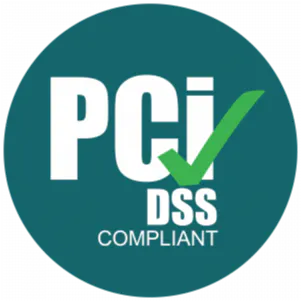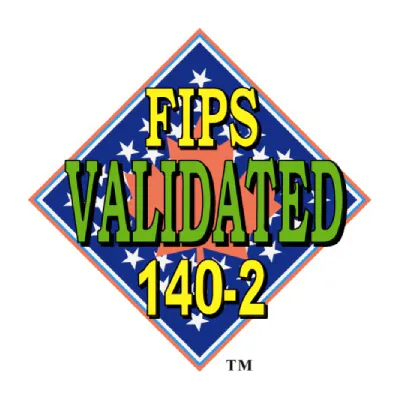Zero-Knowledge Encryption
What Is Zero-Knowledge Encryption?
Under a Zero-Knowledge Encryption plan, only you have access to your secured data. Not even your secrets management service provider has any access to the encryption key. Encryption does not mean your data is inaccessible. For instance, if a server or application has the ability to gain access to the encryption key, then it’s merely a potential vector of attack for a cybercriminal.
Encryption key management is a tricky topic, especially for the corporate world. You want to keep data secure, but what type of protection works best for you? How much security do you need, and is your solution convenient to use?
It’s especially a problem when working with the cloud. Businesses use cloud tools because they provide a boost to productivity and agility, but most managers are smart to be suspicious of cloud security. Service providers like Microsoft and even the government (through the CLOUD Act) might scan and access the information you upload.
For those who need best-in-class protection for the most sensitive data that no one else should be able to access, Zero-Knowledge Encryption should be on the table.
How Is Zero-Knowledge Encryption Different?
You can think of “encryption in transit,” “encryption at rest,” and “end-to-end” as the 3 alternatives to Zero-Knowledge. Let’s cover these solutions along with their shortcomings first.
Encryption In Transit
Data is often shared across multiple users and applications in a business. For instance, any time you work with a cloud provider, you are sharing files and messages back and forth. When moving, the data is considered “in transit,” and encryption is able to protect it during the movement.
Encrypting data in transit helps prevent man-in-the-middle attacks and will work effectively as long as the data is not intercepted after it has arrived at its destination. However, the recipient server does end up decrypting the message, opening up the possibility of a breach.
Encryption At Rest
Stored data that is not being used may be encrypted at rest. Naturally, at-rest encryption is often combined with in-transit. However, the server must still be able to decrypt the files somehow, so a server attack could still lead to a breach incident.
End-to-End
End-to-end encryption ensures that only the two parties communicating are able to decrypt the message. The server has no chance of understanding the message, so a breach from that vector is impossible.
While end-to-end is certainly useful for messaging (as evident by applications like Telegram), it isn’t flexible enough for use by most businesses. You can’t expect to use this method when working with cloud platforms; only communication services can really get the most use out of it.

So What About Zero-Knowledge Encryption?
We can clearly see that the other methods all have their own strengths and weaknesses. Namely, a single attack vector can breach the protection of most encryption methods, while end-to-end fails to deliver performance in a cloud environment.
Zero-Knowledge, on the other hand, is completely bulletproof. You can still use it even in the cloud, and there’s no need to even trust your own cloud provider since it doesn’t know the key either. You can’t rely on trust to protect company secrets, after all.
But this main strength is also a double-edged sword. If you happen to forget your password and recovery phase, you simply lose access to the encrypted files.
What Is Akeyless’ Secret To Secrets Management?
If you work with Akeyless for your digital security and cloud-based DevOps secrets vault, you harness the power of various encryption tools including Zero-Knowledge.
Akeyless uses its own patented technology known as Distributed Fragments CryptographyTM (DFC) alongside Zero-Knowledge for key protection to combine all the secrets management best practices for the most secure solution.
Under DFC, the encryption key is broken up into fragments and distributed among different cloud providers. One portion might be on Amazon Web Services, while another is on Microsoft Azure. Even when broken up, the key can still perform cryptographic operations this way – and they are never combined. Ever.
So what makes DFC a Zero-Knowledge Encryption solution? The difference is that you get your own fragment on your own internal environment. Because cryptographic operations can still occur when the key is broken up and spread out, you can continue working without giving anybody, not even Akeyless, the full key.










